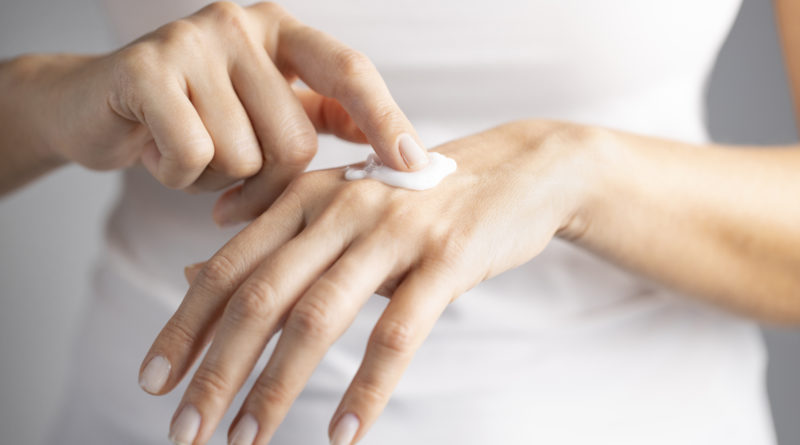Dry Hands in the Winter? Here’s How to Treat Them
881 total views, 1 views today
Like many people, you might have dry skin during the winter. Worse yet, you can further exacerbate your dry skin if you’re constantly washing your hands or using hand sanitizer. And, of course, dry hands can be painful – and they certainly don’t look as good as moisturized hands.
Dry hands can also be quite a challenge to moisturize. However, there are a few things that you might have overlooked when trying to maintain supple, moisturized skin as the air gets ever drier and colder. Here are three ways to treat dry hands during the winter.
1. Know your ingredients
After looking through countless moisturizers in stores and online marketplaces, it may feel tough to choose the right one. An easy way to find a powerful moisturizer is by looking for two types of key ingredients: humectants and emollients.
If your skin is just a little dry, look for a moisturizer that has a humectant at the beginning of its ingredient list. Humectants increase the water content of your skin’s outer layer by drawing moisture from the environment to your skin’s surface. When shopping for a moisturizer, common humectants you might see are hyaluronic acid, glycerin, propylene glycerol, sorbitol, lactic acid, and urea.
Emollients, on the other hand, are ideal for especially dry skin. Ingredients that are classified as emollients help lubricate the skin by filling up your skin’s crevices. Emollients also aid in shedding loose, dead skin cells that are left behind. Look for ingredients such as jojoba oil, shea butter, squalene, lanolin, propylene glycol linoleate, glycerol stearate, and isopropyl palmitate.
2. Consider the product’s thickness
You will most likely need a thicker moisturizer if you have especially dry hands or if you wash your hands a lot. A thicker consistency, though, doesn’t have to mean that your moisturizer will leave you feeling greasy. You can find fast-absorbing thicker moisturizers that will moisturize your skin and leave a protective barrier even after you wash your hands. Additionally, petroleum-based moisturizers are known for providing an extra layer of protection.
Here’s a tip if your hands are cracked and peeling: Wear gloves after moisturizing your hands. Many people do this while they sleep, but you can also do it during the day if you don’t need to use your bare hands for anything (and you can use touchscreen-compatible gloves too). There are even moisturizing gloves that can aid in restoring your skin. Some moisturizing gloves are infused with moisturizing oils, so you might not need to apply a moisturizer before you put on your gloves.
3. Buy a humidifier
Using a humidifier can improve your skin and your overall health. Alternating between indoor artificial heat and cold, dry outside air can dry out your skin, and humidifiers can add replenishing moisture to your indoor air. Low humidity, whether indoors or outdoors, can lead to cracking, flaking, and peeling skin.
If you use a humidifier, you should clean it every week. With a clean humidifier, your skin can retain more moisture and your body will be more hydrated overall too.
How do you remedy your dry hands during the winter? Sound off in the comments!

